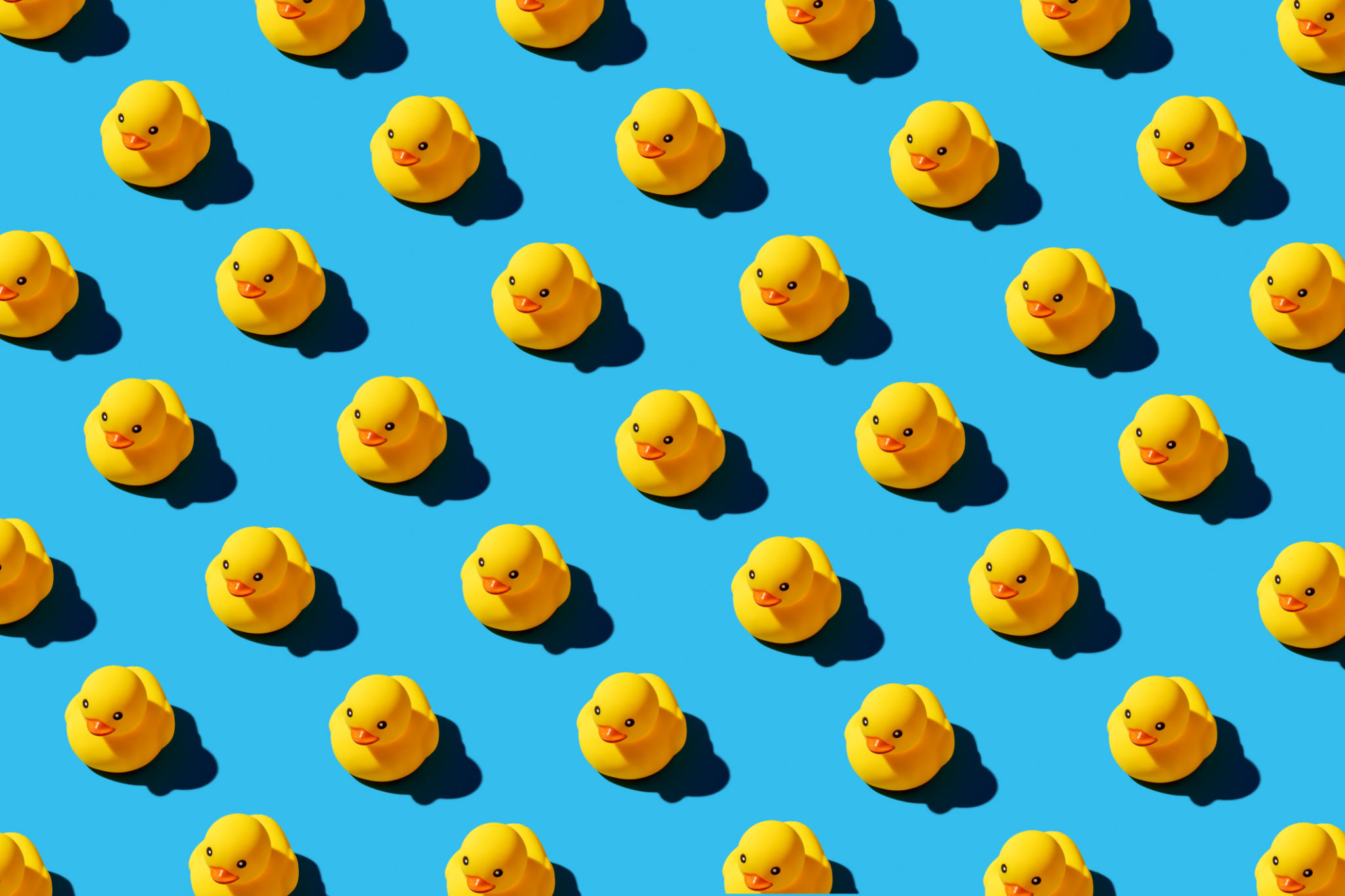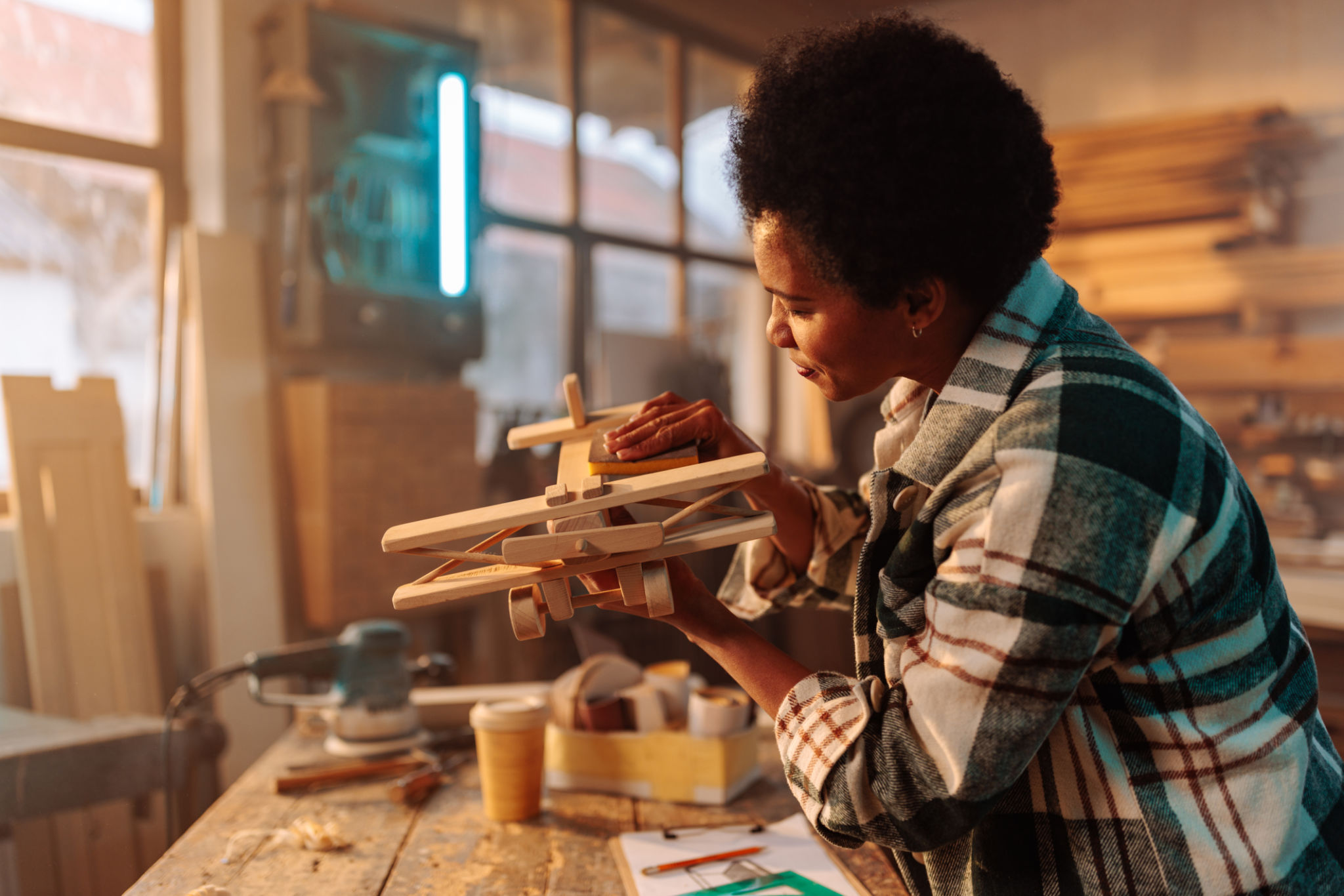Custom Toy Design Services: A Step-by-Step Guide to Creating Your Own Toy Line
Understanding Custom Toy Design
Creating a toy line from scratch can be an exciting journey for both aspiring entrepreneurs and established businesses. Custom toy design services offer an opportunity to bring unique ideas to life, ensuring that each toy resonates with its intended audience. This guide provides a step-by-step approach to help you navigate the process of designing your own toy line.

Research and Concept Development
The first step in custom toy design is conducting thorough research. This involves understanding the current market trends, identifying target audiences, and analyzing competitors. Once you have a comprehensive understanding of the market, the next step is to brainstorm and develop a concept. Consider what makes your toy line unique and how it will stand out in the crowded marketplace.
During this phase, it’s essential to sketch preliminary designs and create mood boards to visualize your ideas. These tools will help you refine your concept and communicate your vision more effectively to designers and manufacturers.
Partnering with a Design Service
After solidifying your concept, it's time to partner with a custom toy design service. These professionals will assist in transforming your ideas into tangible products. When selecting a design service, look for a company with a strong portfolio and positive client testimonials. It's crucial to choose a partner who understands your vision and can provide valuable insights during the development process.

Prototyping and Testing
Once the design is finalized, the next step is creating prototypes. This stage involves crafting physical models of your toys to evaluate their appearance, functionality, and safety. Prototyping allows you to test different materials and design features, ensuring the final product meets quality standards.
Testing is a critical component of the prototyping phase. Conduct focus groups or small-scale trials with children to observe how they interact with the toys. Gather feedback to make necessary adjustments before mass production begins.
Manufacturing and Production
With a successful prototype in hand, you can proceed to the manufacturing stage. Collaborate with manufacturers who specialize in toy production to ensure your products are made to exact specifications. Consider factors such as cost, production time, and ethical manufacturing practices when selecting a manufacturer.

It's also important to plan your production schedule carefully, allowing ample time for quality checks and adjustments. Efficient project management during this phase will help prevent delays and ensure a smooth transition from production to market.
Marketing and Launch
After production, focus on marketing strategies to introduce your toy line to the world. Develop a compelling brand story that highlights the unique aspects of your toys and appeals to your target audience. Utilize various marketing channels such as social media, online marketplaces, and traditional advertising to reach potential customers.
Organizing a launch event or collaborating with influencers can also generate buzz around your new toy line, attracting more attention and driving sales.
Continuous Improvement and Feedback
The journey doesn't end after the launch. Continually seek feedback from customers and retailers to identify areas for improvement. Use this information to refine your products and enhance future designs. Staying responsive to market changes and consumer preferences will keep your toy line relevant and successful over time.

By following these steps, you can successfully create and launch a custom toy line that captures the imagination of children and stands out in the toy industry. Embrace creativity, collaboration, and continuous innovation as you embark on this rewarding endeavor.
